8 ’60s Chores That Were a Total Drag – And 8 That Actually Taught Us Something
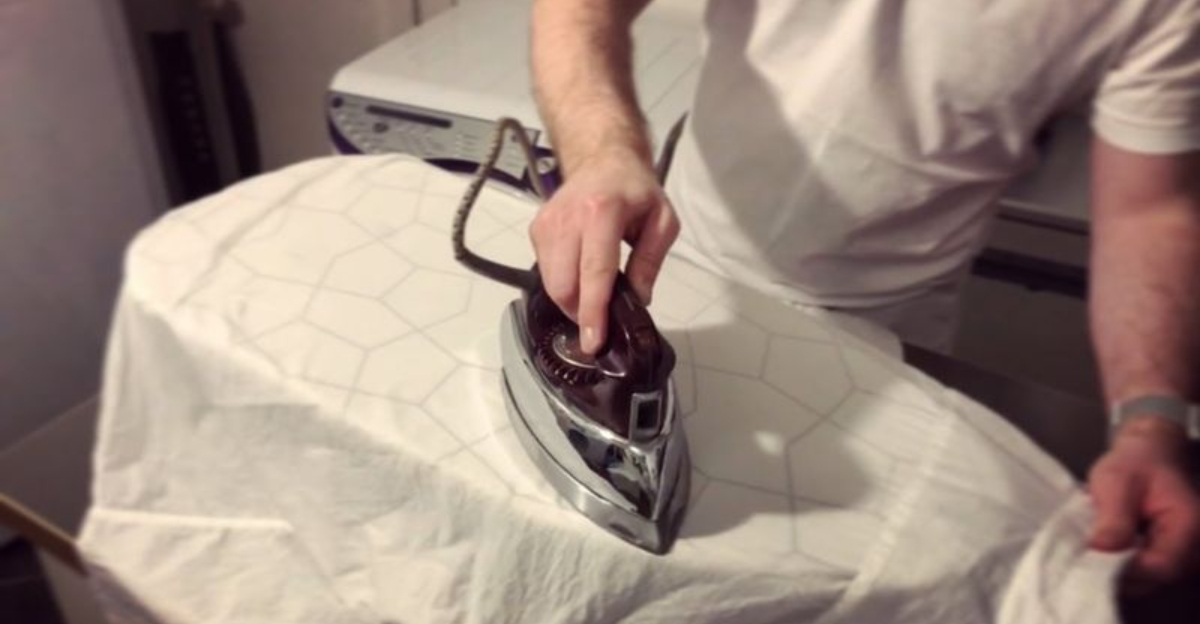
The 1960s were a defining era of cultural revolution, social change, and shifting norms—but amid the backdrop of protest marches and psychedelic tunes, everyday life carried on, often centered around the rhythms of the home.
Household chores, though far from glamorous, were a central part of that daily routine. Whether it was folding laundry, scrubbing floors, or ironing clothes until they were crisp and crease-free, these tasks played a surprisingly formative role in family life.
Many kids growing up in the ’60s learned responsibility and discipline through their chore lists, even if they grumbled about them at the time. For some, chores were tedious and seemingly endless; for others, they were moments of shared time with siblings or parents—learning how to cook a basic meal, sew on a button, or operate the noisy vacuum cleaner that sounded like it might take off.
These experiences, frustrating as they sometimes were, helped develop life skills and a strong work ethic that stuck with many well into adulthood. In this nostalgic look back, we’ll explore the everyday chores that defined home life in the 1960s and reflect on how they shaped the character and resilience of an entire generation.
1. Hand-Washing Dishes
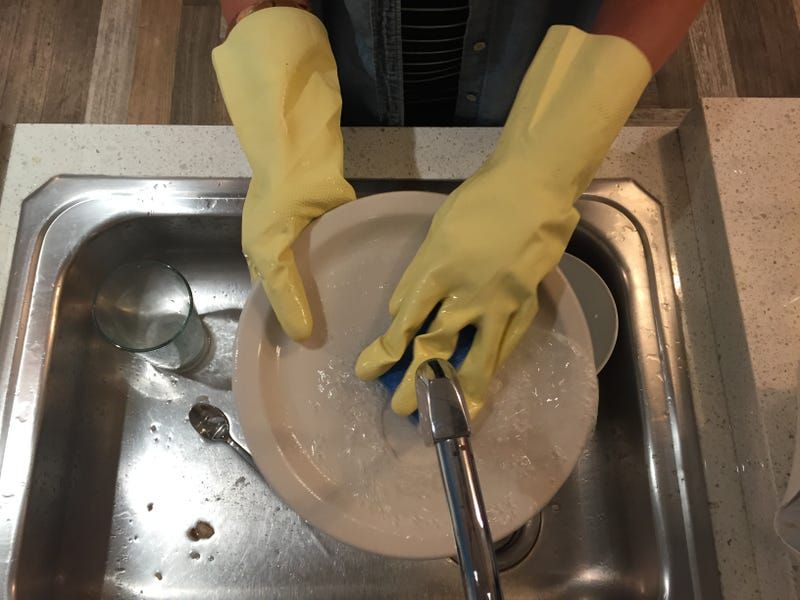
Picture this: It’s the end of a long day, and the kitchen sink is filled to the brim with dirty dishes. In the ’60s, dishwashers were more of a luxury than a standard appliance, so hand-washing was the norm. With sleeves rolled up and hands submerged in hot, soapy water, this task was as unavoidable as it was tedious.
Each plate had to be scrubbed meticulously, dried, and then carefully stacked away. The constant cycle of soap, rinse, repeat became a monotonous evening routine. As a kid, I dreaded the prune-finger effect, a telltale sign of an extended dishwashing session.
The worst part? The never-ending nature of it. Just when you thought you were done, someone would add another plate to the pile. It taught us resilience, but mostly, it was a drag.
2. Churning Butter

Imagine a chore where time seemed to stand still. Churning butter in the ’60s was just that—an endless arm workout. With a sturdy butter churn in hand, transforming cream into butter was a slow, laborious process.
The rhythmic motion of the churn handle was hypnotic, but it took ages for the cream to solidify. It required patience and a strong arm to keep the process going.
This was a chore where you’d start daydreaming, only to be snapped back to reality by the splash of cream. It wasn’t all bad, though—freshly made butter was a delicious reward for the effort.
3. Beating Rugs

Think of beating rugs as the precursor to modern-day stress relief techniques. In the ’60s, vacuum cleaners weren’t household staples, so rugs had to be taken outside and vigorously beaten.
The task was a workout in disguise, requiring both stamina and strength. Each thwack of the rug beater sent clouds of dust into the air, a satisfying yet tiring endeavor.
Though exhausting, there was a strange satisfaction in seeing the dust fly. It was a task that turned neighbors into spectators, cheering on your efforts or offering a turn with the beater.
4. Fetching Water from a Well
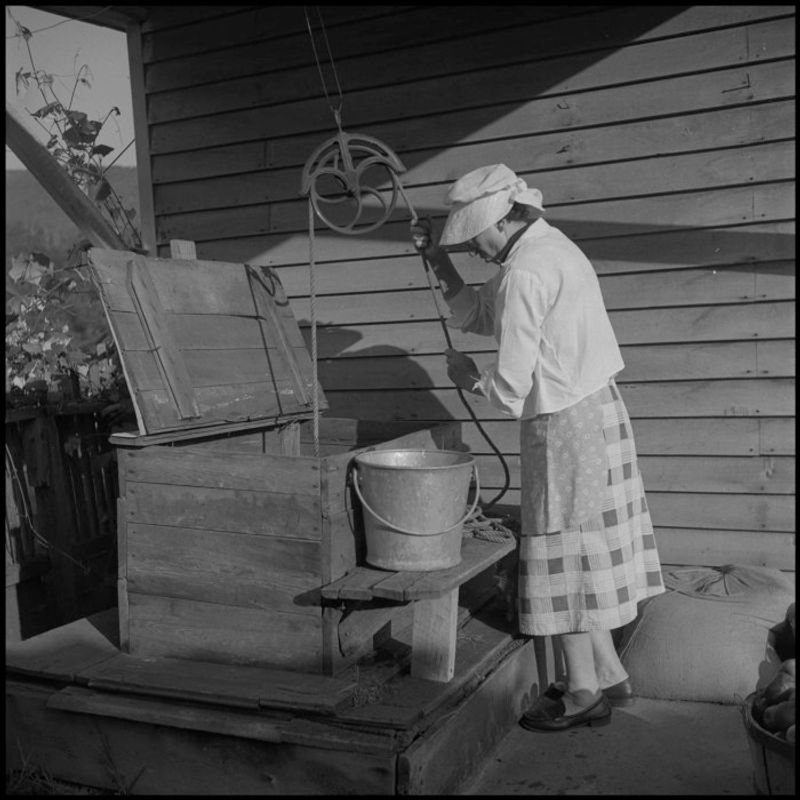
Fetching water from a well was the epitome of a chore that built character, and muscles! In many ’60s households, especially rural ones, wells were the primary water source.
This task involved lowering a bucket into the well, filling it with water, and then hauling it back up. It sounds simple, but the weight of the filled bucket tested one’s physical endurance.
It was a chore that had to be done regardless of weather, teaching responsibility and reliability. The reward? Refreshing well water, a small recompense for the effort involved.
5. Lighting Oil Lamps or Gas Lamps
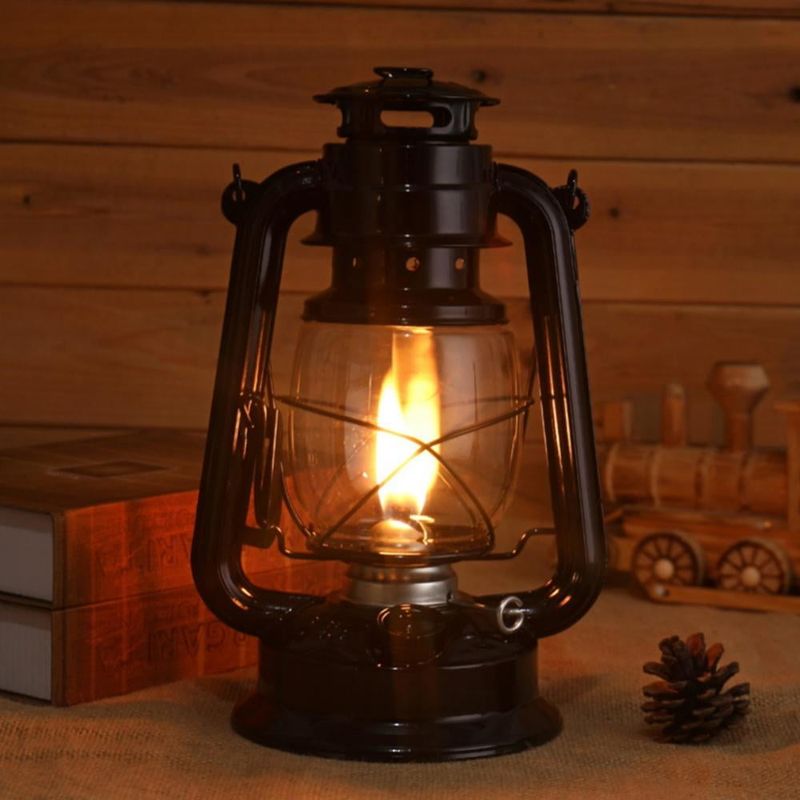
Before electricity lit up our nights, oil and gas lamps were the household norm. Lighting them was more than just a flick of a switch; it was a nightly ritual.
Each lamp needed its wick trimmed and oil refilled regularly. It was a delicate task, ensuring there was just the right amount of oil to avoid spills and that the wick was just right for a steady flame.
The warm glow of a lit lamp was worth the effort, creating a cozy ambiance that candles today can’t quite replicate. Yet, it was a chore with no shortcuts.
6. Sharpening Kitchen Knives
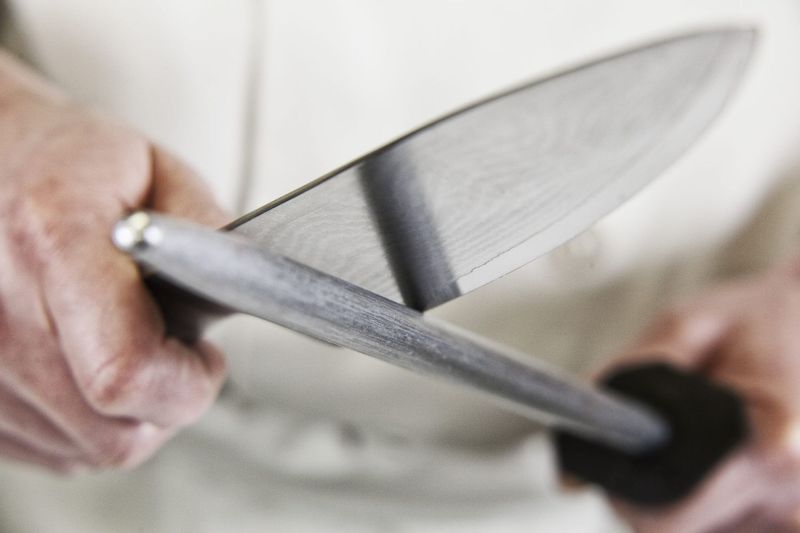
Sharp knives are a cook’s best friend, and in the ’60s, keeping them that way was an art form. Unlike today’s replaceable knives, sharpening was a regular, essential task.
Using a whetstone, the blade had to be honed to perfection. This required a steady hand and an eye for detail, ensuring the blade was sharp enough for slicing through tough ingredients.
It was a skill passed down through generations, turning a mundane task into a lesson in patience and precision. And yes, there’s nothing like slicing through a ripe tomato with a perfectly sharpened knife!
7. Cleaning the Fireplace and Chimney

Cleaning the fireplace was the ’60s version of spring cleaning, only it had to be done regularly. It involved scooping out ashes, sweeping the hearth, and ensuring the chimney was clear.
This was a dirty, dusty task that left you covered in soot. It was labor-intensive but essential to keep the fireplace functioning safely.
Despite the grime, there was a certain satisfaction in restoring the fireplace to its former glory, ready for another cozy fire. It was a reminder of the warmth and comfort that fire brought to a home.
8. Baking Bread from Scratch
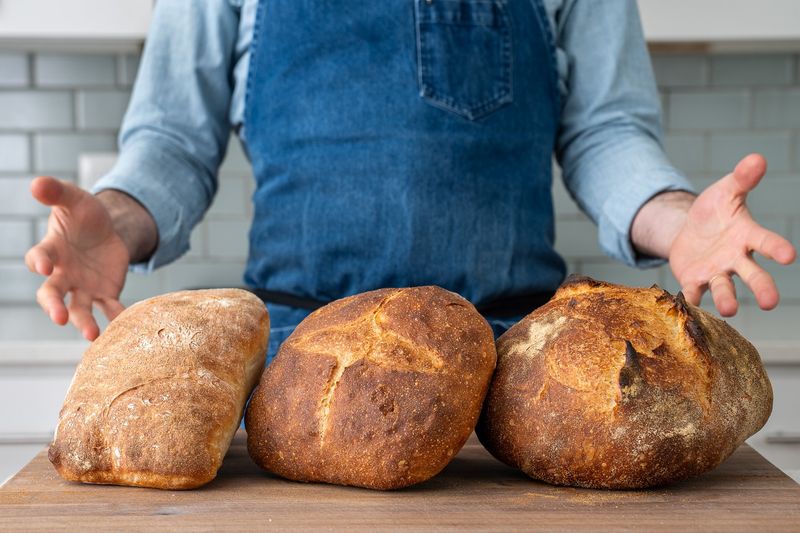
Baking bread from scratch was a labor of love, a skill passed down through generations. In the ’60s, this was a common chore, requiring time and patience.
The smell of freshly baked bread wafting through the house was a reward like no other. Kneading dough was both therapeutic and a workout, transforming simple ingredients into a staple of family meals.
This chore taught the value of patience and the reward of nurturing something from start to finish. Plus, nothing tastes better than bread you’ve baked yourself!
9. Gardening for Sustenance
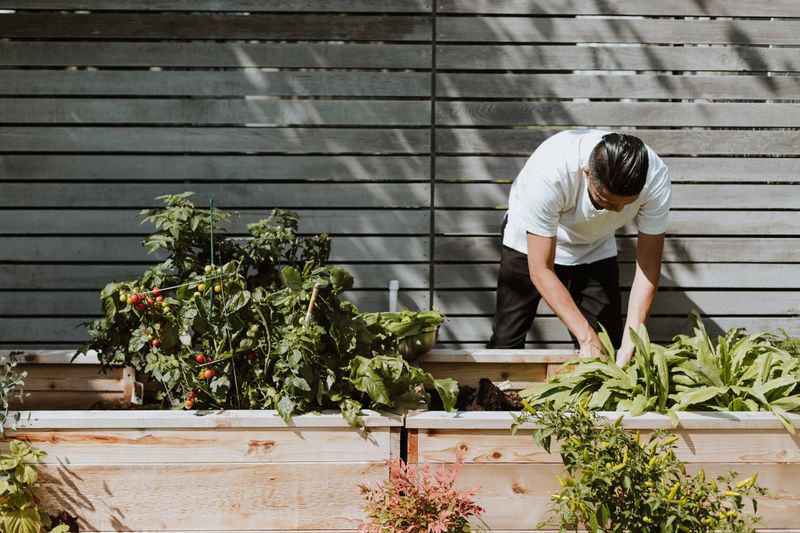
Gardening in the ’60s was more than a hobby; it was a necessity. Growing vegetables reduced dependence on store-bought goods and ensured a steady food supply.
With a trowel in hand, each seed planted was a promise of future sustenance. This chore required patience and dedication, teaching the rewards of nurturing life.
Watching plants grow and bear fruit was both satisfying and educational, instilling a sense of achievement and self-sufficiency. Plus, fresh veggies? Yes, please!
10. Ironing with Heavy Irons
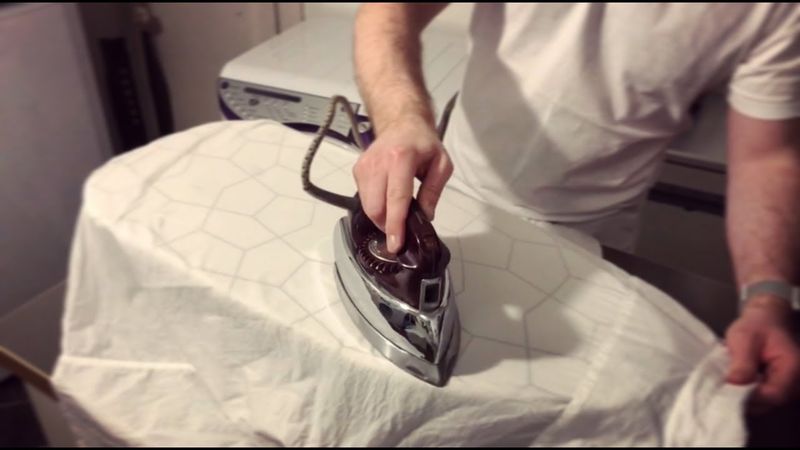
Ever wondered if ironing could double as a workout? In the ’60s, it certainly felt like one! Irons were bulky beasts, not the svelte devices we know today. They were heated on stoves, making the task a hot, sweaty affair.
Ironing a single shirt required significant muscle and patience to avoid scorching the fabric. Every press felt like a small triumph. It was a test of endurance, patience, and precision.
The iron’s weight added an extra layer of challenge, turning a simple chore into an upper-body exercise. It was a drudgery that required focus, lest you end up with permanent wrinkles or worse, a scorched shirt.
11. Canning and Preserving

Canning and preserving were as essential as the seasons themselves in the ’60s. This chore turned seasonal produce into pantry staples, keeping families fed through the winter.
Kids would wash, peel, and chop fruits and vegetables, learning the process of preserving nature’s bounty. It was a lesson in self-sufficiency and resourcefulness.
The satisfaction of seeing shelves lined with colorful jars was immense, a testament to the hard work and foresight involved. Plus, homemade jams and pickles were unbeatable!
12. Mending Clothes
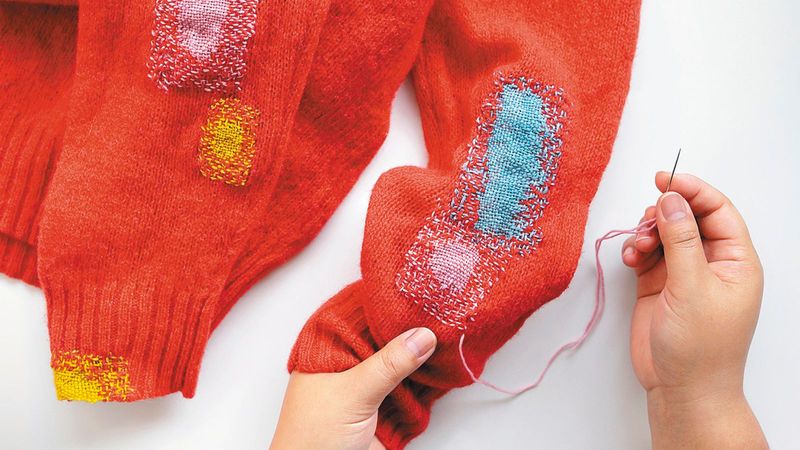
In the ’60s, mending clothes was a necessary skill, long before fast fashion’s disposable culture. Each stitch was a lesson in resourcefulness, turning worn garments into wearable ones again.
With a needle and thread, holes were patched, hems were repaired, and buttons were reattached. This chore was both creative and practical, extending the life of beloved clothes.
It taught the value of care and sustainability, making do with what you had rather than buying new. Plus, the satisfaction of a well-mended piece was a reward in itself.
13. Whittling
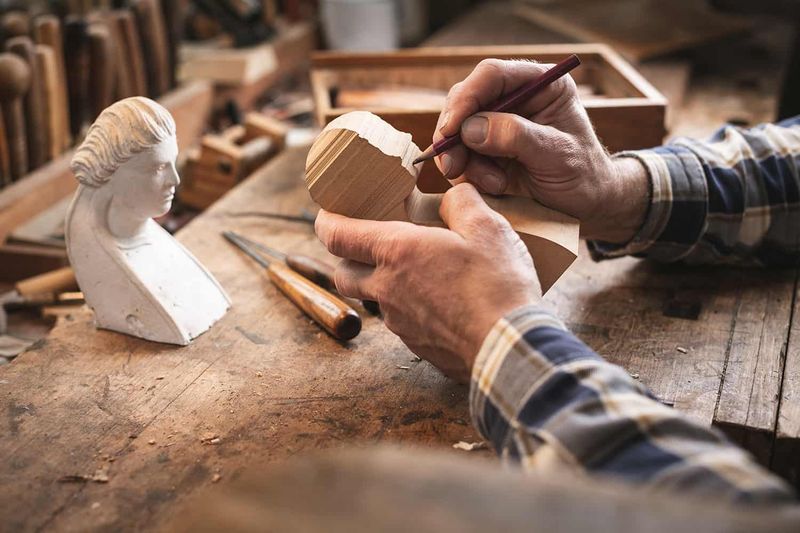
Whittling was more than just a pastime for ’60s kids; it was an art form. With a pocket knife and a piece of wood, they carved intricate shapes and figures.
This hobby was a creative outlet, teaching patience and precision. Each cut had to be deliberate, transforming a simple block of wood into a toy or gift.
It was a skill that encouraged imagination, turning idle time into productive creativity. Plus, the personal satisfaction of crafting something beautiful by hand was unmatched.
14. Navigating with a Compass

Before GPS, the compass was king. In the ’60s, learning to navigate with this tool was a rite of passage, fostering a sense of adventure and independence.
Kids learned to orient themselves, finding their way through woods and fields. It was a skill that built confidence, teaching them to trust their instincts.
The thrill of discovery and the satisfaction of finding the right path were lessons in themselves, nurturing a love for exploration and the great outdoors.
15. Knot Tying

Knot tying was more than just a scout’s activity; it was a vital skill in the ’60s. From camping to sailing, knowing how to tie the right knot was crucial.
Kids mastered everything from basic square knots to complex bowlines, each one serving a specific purpose. It was a test of dexterity and problem-solving.
This skill taught patience and perseverance, turning a simple rope into a tool for countless uses. And let’s face it, showing off your knot-tying prowess was always a crowd-pleaser.
16. Writing Letters

In the ’60s, writing letters was more than communication; it was an art of expression. Kids learned to pour their thoughts onto paper, crafting heartfelt messages to friends and family.
Each letter was a personal connection, teaching reflection and the importance of thoughtful communication. The anticipation of waiting for a reply was a lesson in patience.
This chore was a cherished ritual, preserving memories and fostering relationships through the written word. And who doesn’t love receiving a handwritten note?
